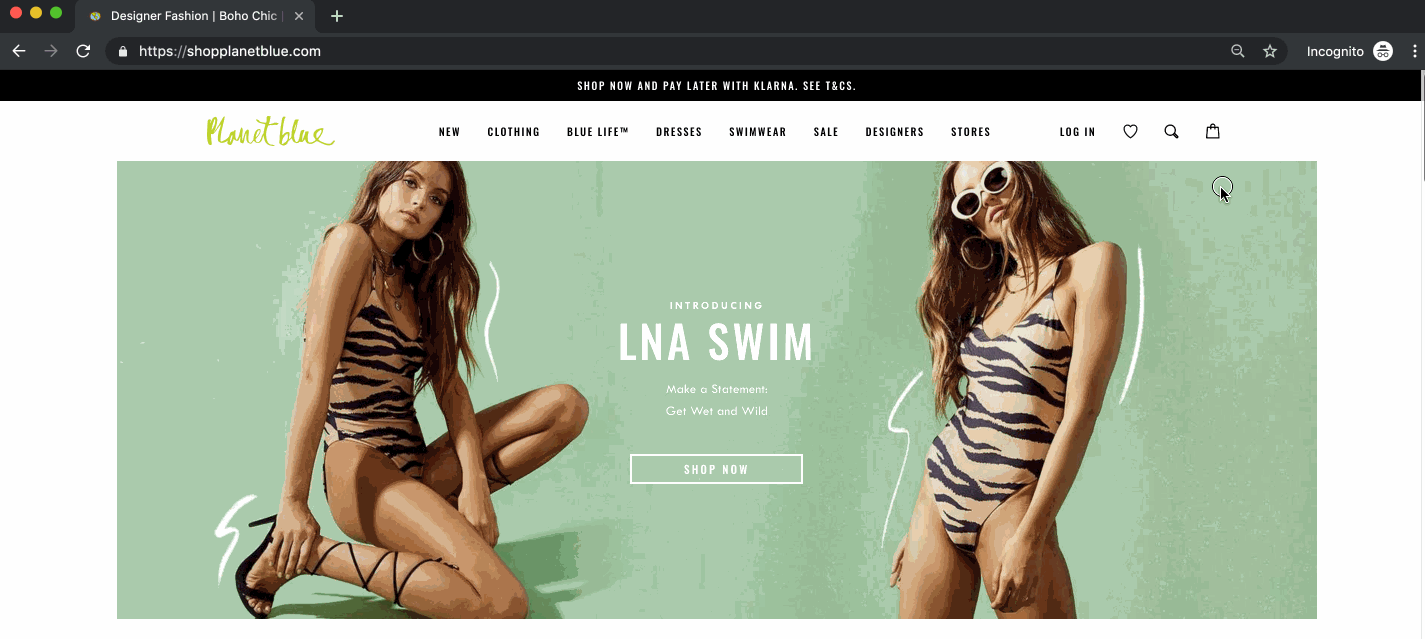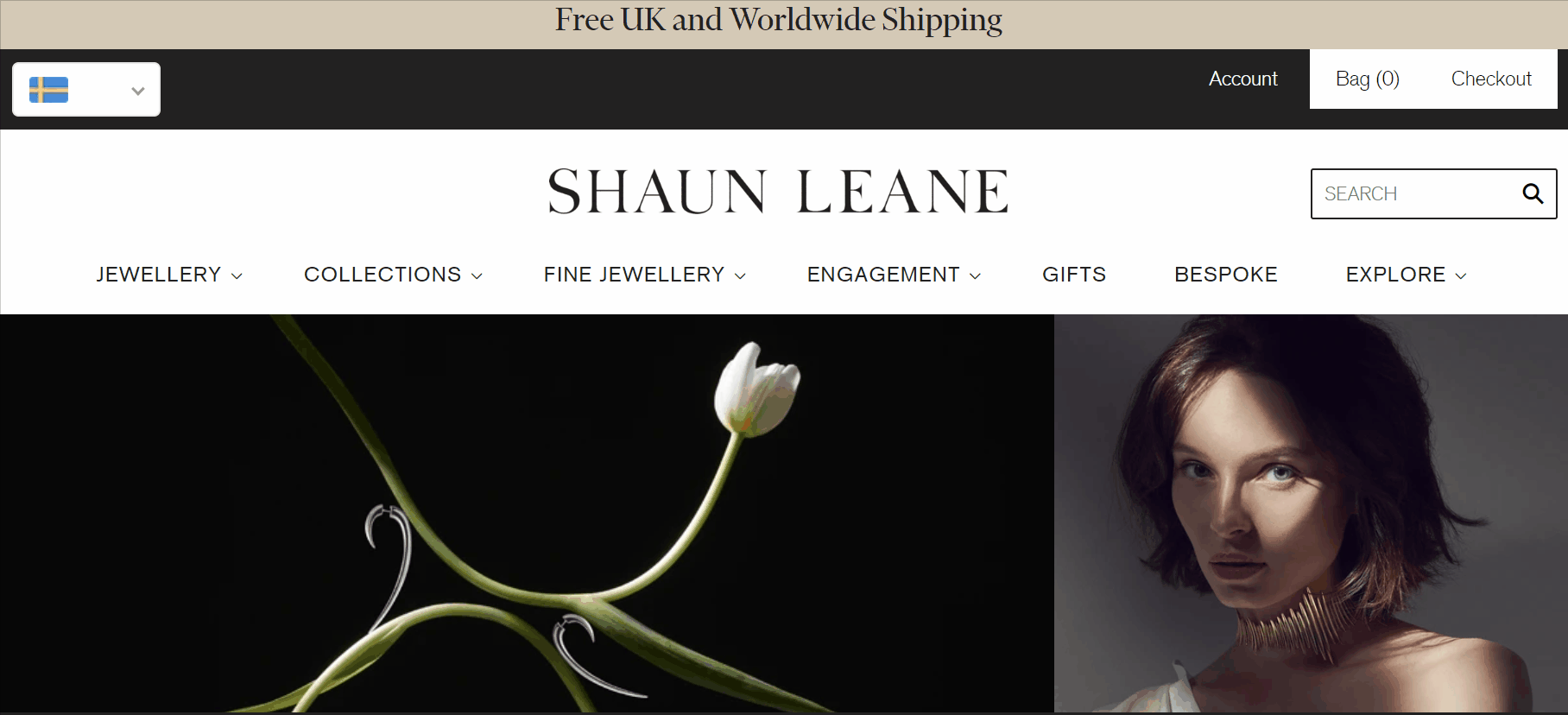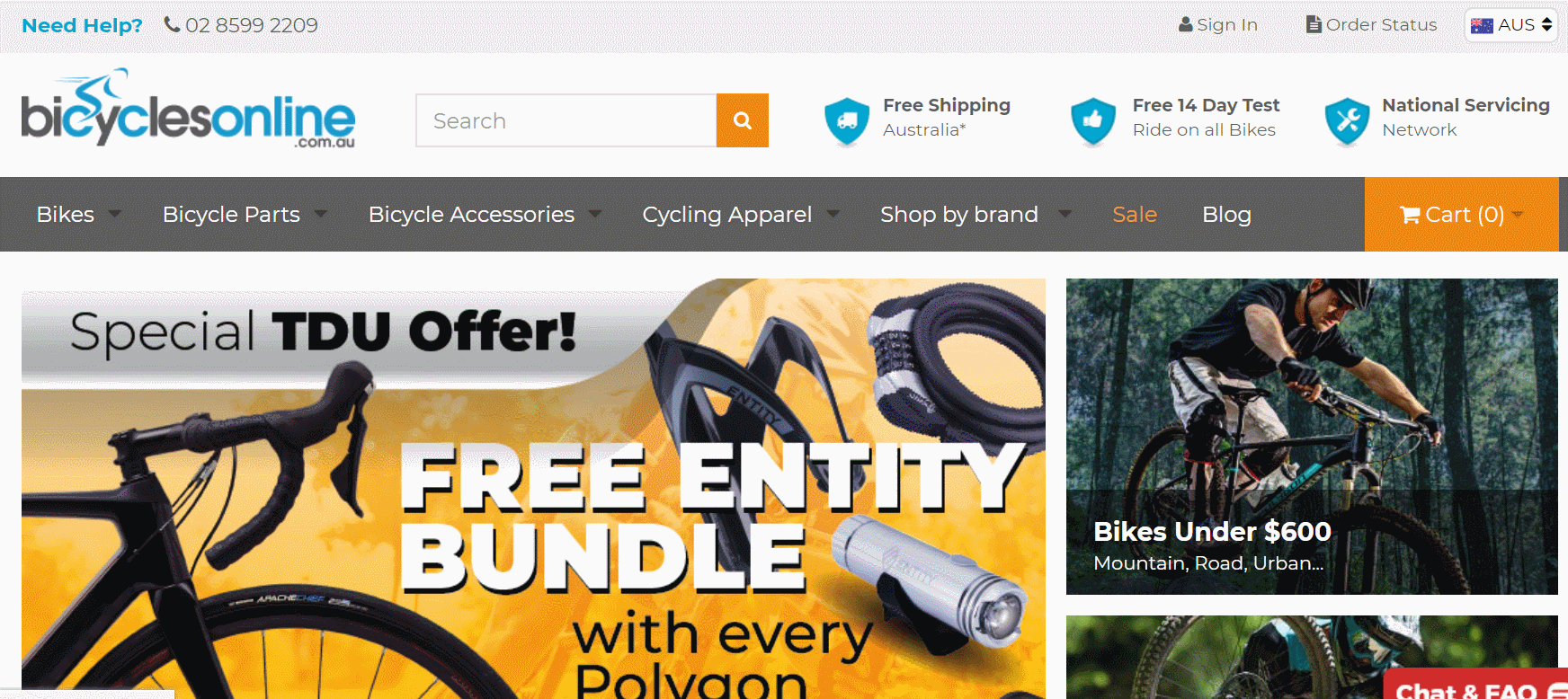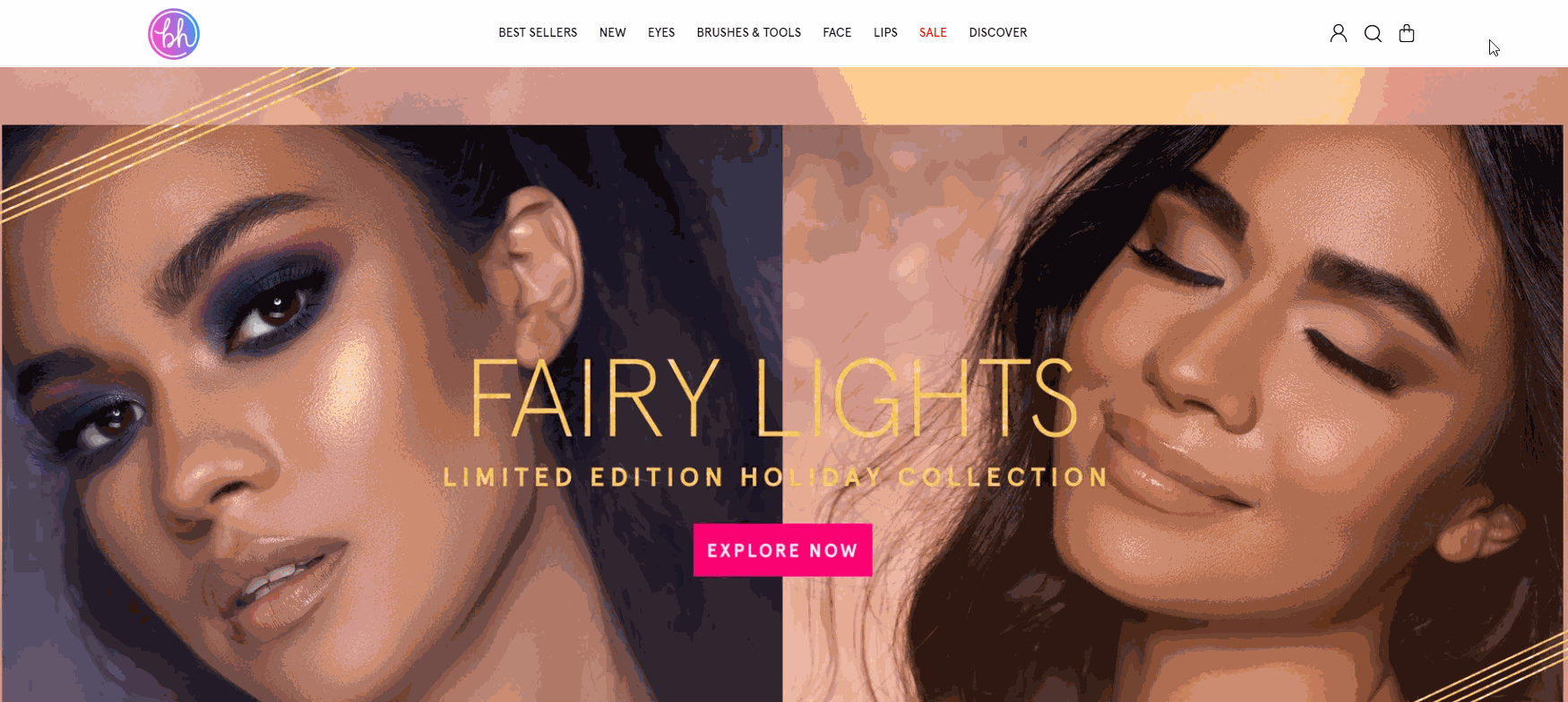
Neto

It is hardly news that shoppers have a notoriously short attention span. When visiting an online store, if they don’t immediately find what they want - either by performing a single site search or viewing one solitary collection page - they quickly go elsewhere.
This can be extremely frustrating for ecommerce merchants who are pumping money into marketing efforts - getting hundreds if not thousands of people to visit their site, only for them to almost immediately bounce.
Getting shoppers to your site is one thing, but KEEPING them there is an entirely different struggle. Statistics show that the longer a shopper stays on a site, the more likely they are to convert. So the question is: how do you make a shopper stay longer, view more relevant products, and churn less often?
The answer is two-fold: you need to ramp up your website’s product display capabilities, and consider the implementation of site-wide product personalisation.
When taking this approach, there are a number of capabilities that can help. Each one has a part to play in captivating customers and keeping them on your site longer - but when implemented together they can dramatically increase overall revenue.
These days many companies make a big deal about providing low cost personalisation.
Companies offering this basic level of personalisation do so only by way of aggregation, however. Their software collects general information on the masses, and tailors search results depending on current trends and how most people generally tend to behave.
While this is still valuable, as any level of personalisation has been proven to increase conversion rates, deeper levels do exist and should be considered in order to maximise sales.
Individual personalisation collects information on the individual shopper, learning their habits and their own specific preferences to continuously reorder the products they see, based on their behaviour.
Let’s say, for example, a shopper called Jane goes to actress Reese Witherspoon’s Draper James clothing website - a site with multiple levels of personalisation.
The first time Jane visits, she sees search results sorted in order of what is popular with others - first level personalisation. As she browses the site, the AI running in the background starts learning what Jane likes, and begins to curate her experience using individual personalisation.
As it learns, it starts showing Jane items such as red dresses and clothes with a bohemian style - it has learned this is what she prefers.

Planet Blue using multiple levels of personalisation
A zero results page occurs when a customer searches for something which you either don’t have on your website, or they search for an item you usually have but which is now out of stock.
It’s important that a zero results search leads to other relevant products so customers can see similar items they might possibly want to buy. It’s also important that analytics captures the term which leads to the zero results search so the merchant can either order more items if something is out of stock, or consider buying a new product if a lot of their customers are searching for it.

Shaun Leane providing an excellent zero results workaround
Natural Language Processing (NLP) is a form of AI that extracts meaning from human language.
This technology is integral when developing an excellent site search capability. With it, your search bar can interpret meaning much like a human salesperson and can tell the difference between the product, a product attribute, a category, and a brand.
Take the search term “Blue Bicycle 20”. Using NLP, an excellent site search will be able to tell the difference between every single word, ensuring accurate results. It knows “Blue” is the attribute, “Bicycle” is the product, and “20” is the size.

Bicycles Online utilising NLP
When it comes to marketing products, pictures speak louder than words.
Scientifically, the human brain retains only 10-20% of the information it reads. As soon as that information is paired with an image, retention skyrockets to 65%. As such, showing products as part of search engine autocomplete is a no-brainer.
When researching site search providers, it’s integral to select one which gives the merchant freedom to customise every aspect of the experience, fitting in with the merchant’s brand guidelines and stylistic and visual preferences.

BH Cosmetics focussing on visuals
Last, but by no means least, there are a number of basic functionalities you’ll need to ensure your site search provides.
First and foremost among these is spelling tolerance. Take the brand “Asus”. If a customer makes an error and accidentally searches “azus”, you want the search engine to recognise this and return the correct results regardless of misspelling - because if the search returns no relevant results, the customer will likely churn.
Another basic, but integral, function lies in effective synonym results. Different people refer to the same items in different ways. Take, for example, mobile vs cell, sweater vs jumper. A synonym control tool returns the correct product results no matter which way the customer describes what they’re looking for. Basic site search providers offer limited synonym capabilities, using a set dictionary. Providers working with AI take this one step further, ensuring synonyms are constantly being suggested behind the scenes.

Shopping Express offering high spelling tolerance
Ready to increase your revenue using product personalisation? Contact the experts at Findify to schedule your free 15-minute demonstration.
We have launched a limited-time offer exclusively for Neto merchants, worth more than $2k. Book a demo and get a dedicated integration manager, a personal onboarding and strategy session, and 5 free hours of design customisations.